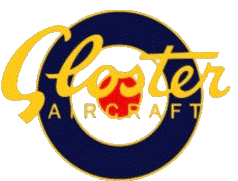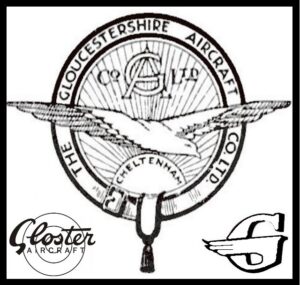The following planes were each powered by different jet engines and had their own unique first flight dates:
Plate Number 1 had two Rover W2B jet engines and first flew on July 24, 1943.
Plate Number 2 had two Power Jets W2/500 engines and first flew on November 9, 1943.
Plate Number 3 had two Metrovick F2 axial jet engines, which were mounted under the wing instead of traditionally, and first flew on November 13, 1943.
Plate Number 4 had two Rover W2B/23 jet engines and first flew on June 12, 1943.
Plate Number 5 had two Halford H1 jet engines and was the first to fly on March 5, 1943.
Plate Number 6 had two Halford H1 jet engines and first flew on July 24, 1945, serving as the prototype for the F.2 variant.
Plate Number 7 had two Rover W2B/23 engines and first flew on January 20, 1944.
Plate Number 8 had two Rover W2B/27 engines and first flew on April 18, 1944.
Meteor F.4
The Royal Air Force had 535 Derwent 5 planes, with Gloster building 489 and Armstrong Whitworth constructing 46.
Additionally, the F.4 was exported to several other countries, including Argentina (50 planes), Belgium (48 planes), Denmark (20 planes), Egypt (12 planes), and the Netherlands (38 planes).

